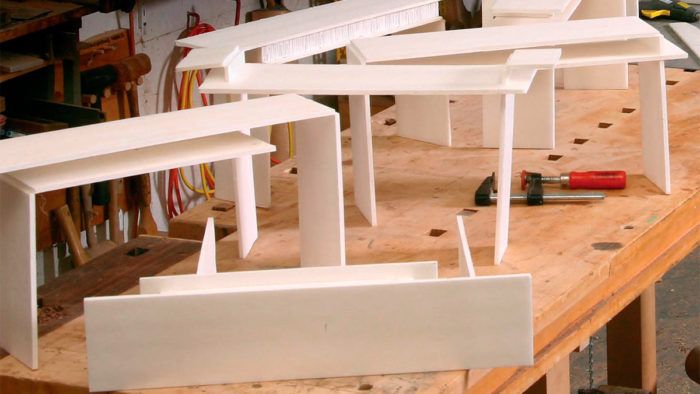
I recently started doing yoga to improve my strength and flexibility. Making furniture is a fairly physical undertaking, which is one of the reasons that I enjoy it so much. But as I get older (yes, it is really happening), I am mindful of the need to maintain physical fitness in order to meet the demands of my work as a furniture maker. But the problem with yoga is … I’m not very good at it. In fact, I’m pretty bad. My breathing is somehow always out of sync with the movements and I’m never quite in the right position or engaging the proper muscles. I spend a lot of my yoga time somewhere between bewildered and frustrated, which is very much counter to the intended meditative and spiritual aspects of yoga.
I relayed this frustration to my wife, and she reminded me that I’m new to yoga and that it takes some people years of work to develop their minds and muscles to the point that it becomes truly enjoyable and fulfilling. Her sage response made me think immediately of my own journey as a furniture designer. I would not say that designing furniture came easily to me. The making part was always fairly intuitive, and with a bit of practice or experimentation I generally figured out how to overcome challenges when building furniture. But designing furniture took me into uncharted waters, where I really didn’t know what I was doing or where I was going. Many of my early experiences in designing furniture were spent, much like my current yoga practice, in bewilderment and frustration.
And it did, in fact, take me years to build confidence in my ability to design furniture. I still struggle with design and know that it is one of the many skills that I have to continue to develop in order to grow as a furniture maker.
If you find yourself in that same place of design bewilderment, as I did many years ago, I can offer some advice. First, acknowledge that you have a sense of design, a sense of what is beautiful (or not) to you. Yours may not be very well developed, but accept that you have one. Then start to inform and develop that sense of design by viewing objects in the world around you – landscapes, art, buildings, cars, people, anything, everything – and considering what makes them beautiful (or not) to you. Once you understand what appeals to your individual sense of design, the challenge of expressing that sense of design becomes so much less daunting.
When I reached that point where I knew I would only find enjoyment and fulfillment as a furniture maker if I could authentically express my sense of design, I turned to Fine Woodworking for guidance. The following articles are ones that helped me in my journey as a designer of beautiful objects that happen to be made of wood. I hope you find them to be useful as well.

Mike Korsak
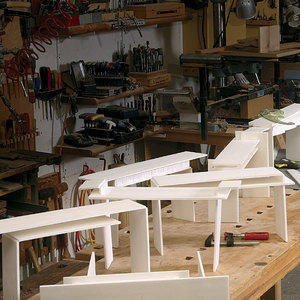 |
Develop Your Own DesignsA step-by-step process unlocks your creativity Michael Fortune |
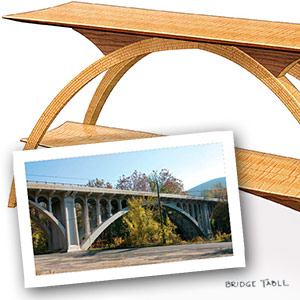 |
An Exercise in DesignGiven a common inspiration, three furniture makers create a diversity of designs Mark Schofield |
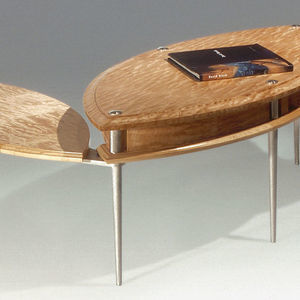 |
9 Tips for Better DesignHow to find new ideas and do justice to them Michael Fortune |
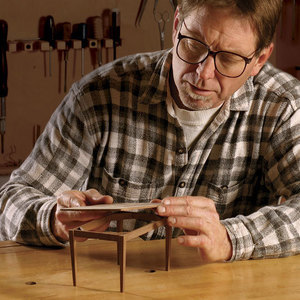 |
Fine-Tune Designs Before You BuildFollow drawings with mock-ups to give your furniture ideas shape and substance Gary Rogowski |

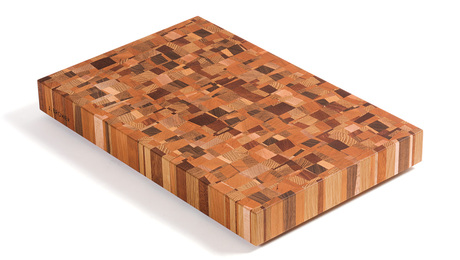
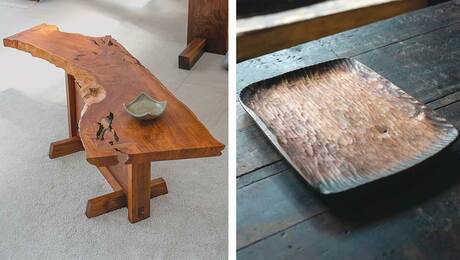
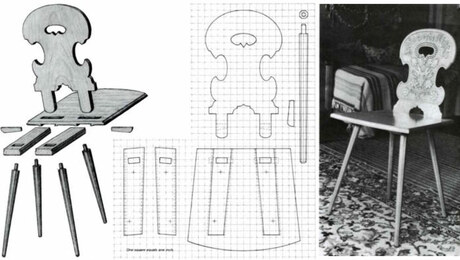
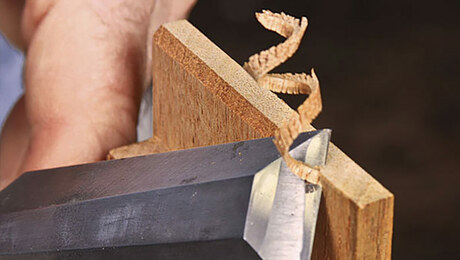


















Log in or create an account to post a comment.
Sign up Log in